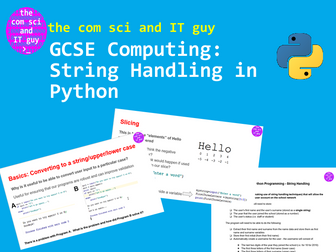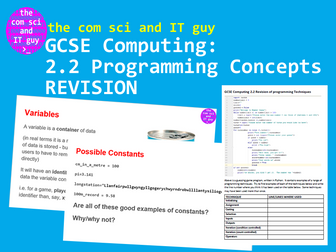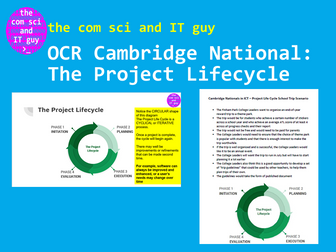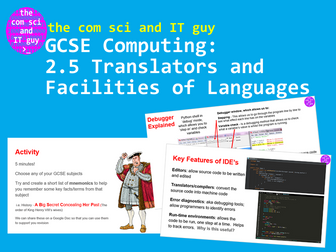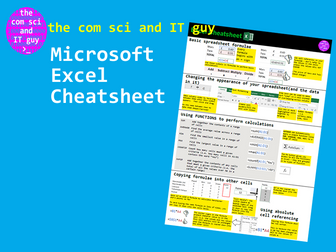
J276 Computing : Python String Handling
This lesson is aimed at Year 10 (or able Year 9) Computing students and covers the principles of string handling. It would also suit Year 11 students who need to practice these skills before beginning the practical project.
This lesson has been taught as part of the OCR GCSE Spec, but would be just as relevant to other specifications that students understand string handling.
The lesson gives specific examples of a range of string handling features such as:
Converting to a string
Converting to lower/upper case
Counting the length of a string
Concatenating
Slicing
Splitting
There are examples of code for of these principles in the slideshow, so that students can practice as they go through the lesson.
There is also a worksheet which will allow students to put the ideas from the lesson into practice.
